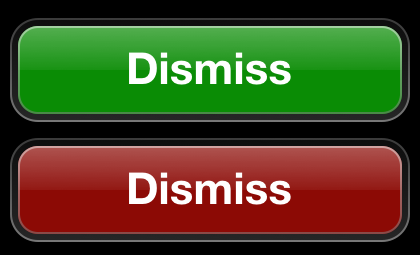 We just released MonoTouch 4.0, a product to build iOS
applications using C# and .NET. We also released our new
Mono
for Android product.
We just released MonoTouch 4.0, a product to build iOS
applications using C# and .NET. We also released our new
Mono
for Android product.
New in MonoTouch 4.0
MonoTouch 4.0 is a major upgrade to our product as it
upgrades the Mono runtime engine from the old, trusted and
friendly Mono 2.6 to the latest and greatest Mono
2.10 core, these are some of the new features available as
part of this upgrade:
For a full detailed list of changes,
see our
MonoTouch 4.0 Release Notes.
Resources
The best source of information on parallel programming with
Parallel FX is the
free Patterns
for Parallel Programming: Understanding and Applying Parallel
Patterns with the .NET Framework 4.
This is a brilliant document. Whether you use .NET or
not, this is a recommended reading for everyone.
In addition to
the Programming
iPhone with MonoTouch book there are two new books about
to hit the
shelves Developing
C# Apps for iPhone and iPad using MonoTouch: iOS Apps
Development for .NET Developers: an incredibly in-depth
book from Brian Costanich that I have had the privilege to
read in advance. This book will come out in only 3 weeks.
If you are more of a hands-on kind of guy, later in the
year, Mike
Bluestein's Learning
MonoTouch: A Hands-On Guide to Building iPhone and iPad
Applications with C# and .NET is coming out.
Next Steps
We are currently hard at work to add support to MonoDevelop
to work with the new XCode 4.
With XCode 4, Apple removed Interface Builder as a
standalone tool. We should have a beta in a couple of weeks
of the solution we came up with.


 We just released MonoTouch 4.0, a product to build iOS
applications using C# and .NET. We also released our new
We just released MonoTouch 4.0, a product to build iOS
applications using C# and .NET. We also released our new


